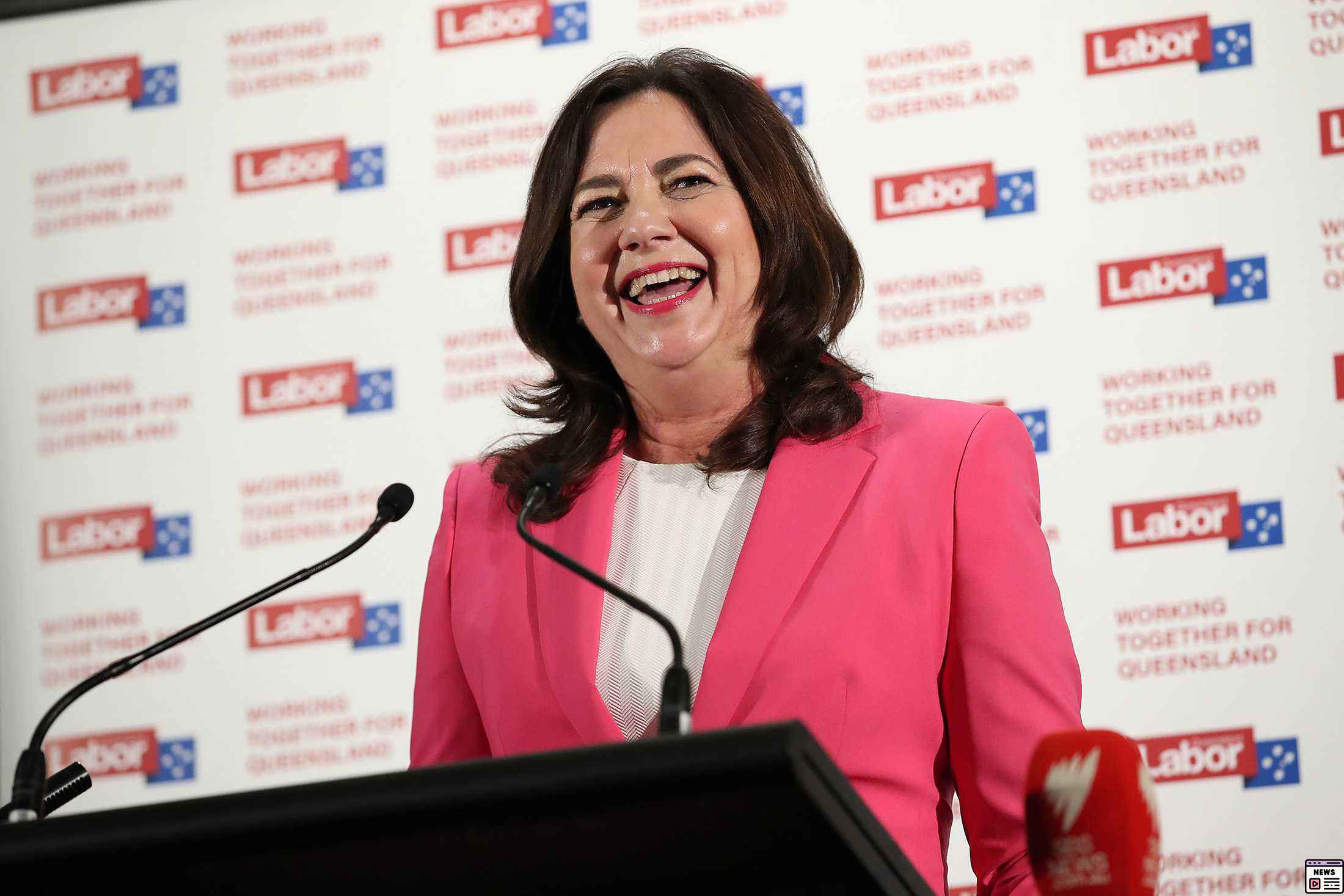Updated on: October 12, 2024 1:12 am GMT
As the Queensland election approaches, recent polls reveal starkly contrasting views on the performance of the Labor Party. One poll suggests Labor is facing a potential crisis, while another shows signs of recovery, particularly in urban areas. These diverging narratives could significantly impact the party’s strategy and prospects as the election date nears.
Labor’s Struggles and Resilience
A recent poll from Resolve Strategic published in the Brisbane Times indicates that Labor’s primary vote has plummeted to just 23%. This figure is particularly concerning, as it is notably lower than the 26.7% primary vote that contributed to the party’s significant loss during the 2012 election.
On the other hand, another poll released by Redbridge offers a glimmer of hope for the party, particularly in Brisbane and its commuter suburbs. Conducted between May and August, this poll suggests that while Labor has struggled in outer suburbs and regional areas, its support in inner and middle suburbs has rebounded significantly.
- Key Details from the Polls:
– Resolve Strategic: Labor’s primary vote at 23%
– Redbridge: Signs of recovery in urban areas, despite dire numbers in regions
Labor Members of Parliament (MPs) in targeted city seats expressed optimism following the release of the Redbridge poll, feeling more positive than they have in recent months.
The Challenge of Regional Voters
Despite the urban bounce, the Redbridge poll highlights the ongoing challenge Labor faces in regional Queensland. Areas traditionally supportive of Labor, such as Mackay and Rockhampton, now appear vulnerable.
The data indicates that:
- Labor’s Historical Strongholds:
– Mackay: Never lost in past elections
- Rockhampton: Similar historical support
Reports suggest that three key seats in Townsville are likely lost to the Liberal National Party (LNP), and sentiment in Cairns, while not as hostile, remains unfavorable for Labor.
To regain its foothold in the regions, Labor must effectively address anti-Labor sentiment that has solidified among voters. The challenge lies in crafting messages that resonate with both urban and regional populations without alienating any key demographic.
The Queensland Paradox
Politically, Queensland is often described as having a “paradox,” where major parties struggle to consolidate support across urban and regional areas simultaneously. As both camps aim to appeal to divergent voter bases, the conflicting messages become a focal point of electoral strategy.
This complication is evident in the Green Party’s campaign, which is targeting multiple seats within urban centers. If Labor cannot secure a strong third position behind the LNP and the Greens, several seats risk being lost.
Strategic Initiatives and Public Transport Success
One of the few bright spots for the Labor Party is its recent successful public transport initiative, introducing 50 cent fares. Feedback suggests that this program has fostered increased public transportation usage and has contributed to a busier Brisbane CBD, enhancing its appeal among city voters.
Key points about the transport success include:
- Public Transport Initiatives:
– 50 cent fares to boost public usage
– Increased foot traffic observed in Brisbane’s CBD
As election discussions heat up, Labor’s focus seems to pivot towards defending its urban strongholds while grappling with dwindling support in traditionally loyal regional areas.
What’s Next for Labor?
With only 40 days until the election, Labor needs a cohesive strategy to address its current vulnerabilities. Some party insiders suggest concentrating efforts on retaining support within Brisbane while potentially sacrificing seats in the regions. This strategy may help mitigate losses and preserve essential urban seats that contribute significantly to their overall electoral standing.
As the political landscape evolves, analysts and party members alike will scrutinize how Labor addresses both the immediate challenges revealed by polling and the longer-term dynamics inherent in Queensland’s electoral fabric. The upcoming weeks will be pivotal for Labor as they seek to balance urban popularity against regional discontent, all while preparing for an increasingly competitive electoral contest.
The election situation in Queensland is changing a lot, and the latest polls show how important it is to make clear decisions before the election. Both sides are under a lot of pressure, and we still don’t know what the final result will be.
